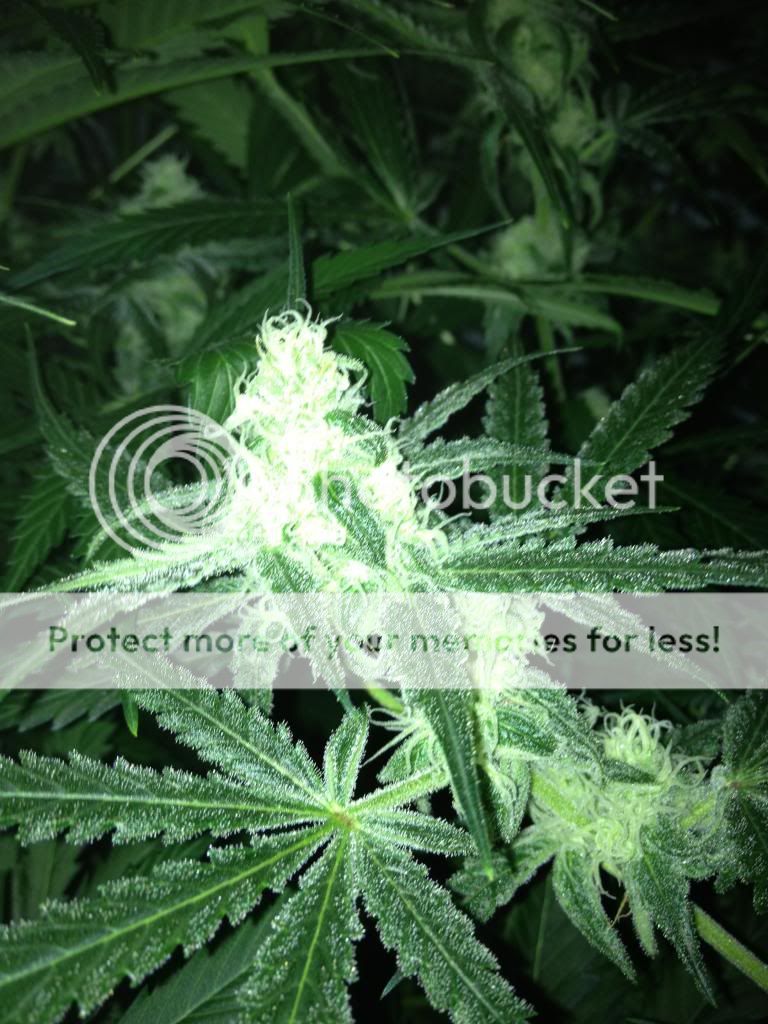Cann, I have the exact same bottle of aloe juice in the fridge, I bought for me to drink it and I never really used it. Is it good for a long time after opening? and how should I use this into my garden!?
I've been using Aloe Vera juice as a surfactant. I mixed it with plain water just to help the water penetrate the soil well and not just run through, with kelp and alfalfa meal botanical teas before watering and foliar spraying. As far as I know, if you keep it refrigerated, it should last for a good while. I bought a large bottle and have a rather modest grow so I've had the same bottle for several months. BTW, I thought that the kelp and alfalfa meal teas with aloe were quite good for the plants. They just seemed to perk up after a good watering or spraying. I'm going to try some seed sprout teas on the next grow...which should be starting soon...if I ever get some time off from work and can finish those new LED fixtures. Supposedly, the enzymes from the seeds are very efficacious for our plants.







